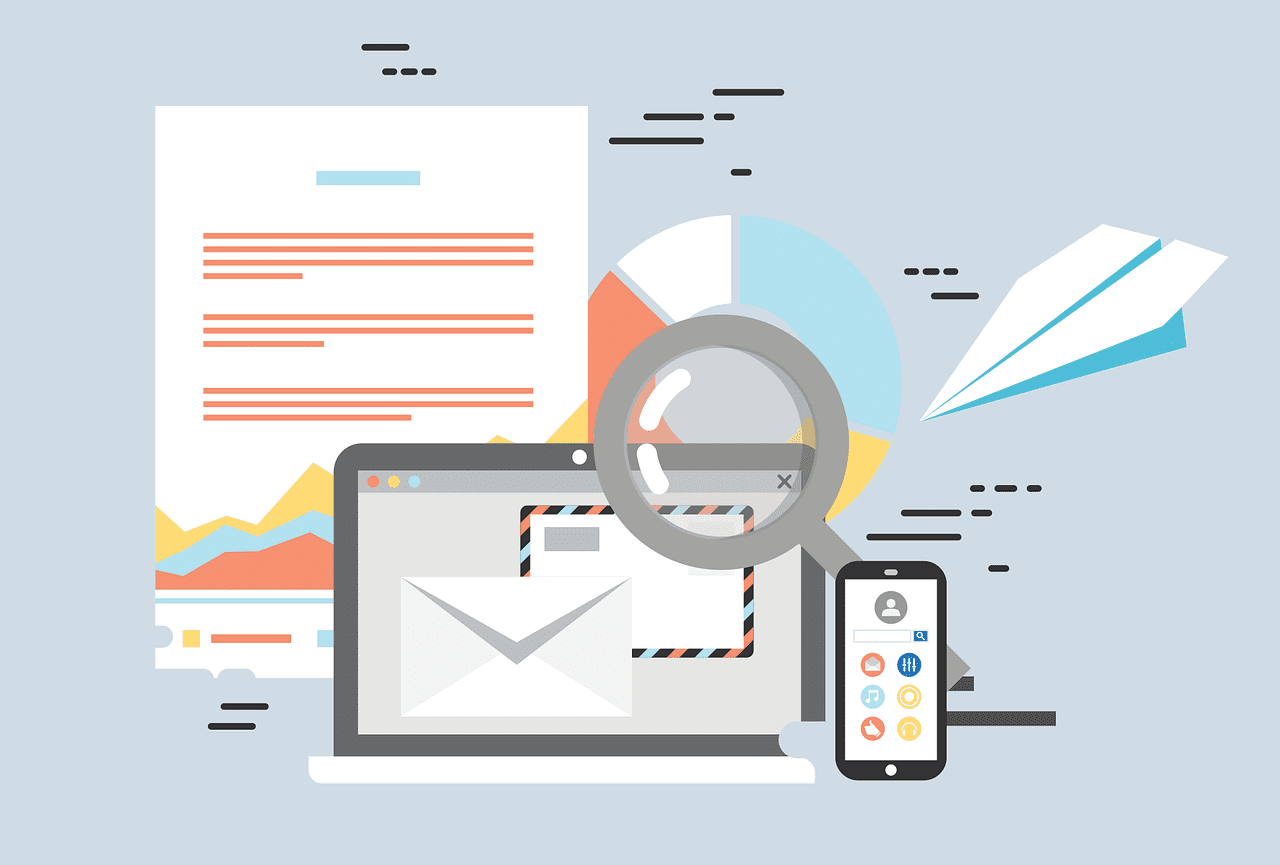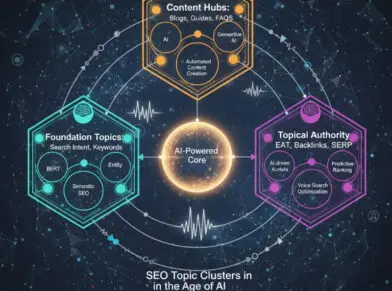EMAIL SEGMENTATION: A QUICK GUIDE

Delivery is the foundation of good story-telling. Any comedian will tell you that if you deliver a bad joke the right way, you can make it funny. The same goes for email marketing. How you currently break up and deliver your email communications and segment your audience based on what they do (in addition to what they say) is what determines its efficacy.
Segmentation Based on Action
You may already be segmenting your emails based on groups i.e. business groups, demographic types and membership (paid, free, lapsed). Even if this has proven to be effective, it can be even more helpful to segment according to action; segment based on the behavior or action that your audience takes relative to the service you’re offering.
Why is action louder than words? Instead of connecting with people based just on their membership type or whether they’re male or female, connect with them based on what they do—helping to foster a more personal connection. For example, say someone downloaded a whitepaper or opened an article on your website. Instead of getting caught up on getting their personal information, focus on communicating with them based on what they did by offering them a next step or a subtle call-to-action.
Segment Your Segments
If the customer who downloaded a whitepaper or article identifies themselves as someone familiar in your trade of business, you can create narrowly focused segmentations based on this information. Use this information to develop engaging and relative content.
Although it may seem cumbersome, and far from the foundation of automated email marketing, you’re more likely to get results with email segmentation.
MailChimp scanned their users who use segmentation tools and compared the list of segmented campaigns to the results of the same customers’ non-segmented campaigns. “When we measured stats ‘across all segmented campaigns,’ segmented campaigns performed markedly better than their non-segmented counterparts.”

What your customers do may be more telling than what they say which can help your email communications be more relevant and successful.
Do you use email segmentation? How much do you depend on user information over their actions?
Let us know via Twitter.


















